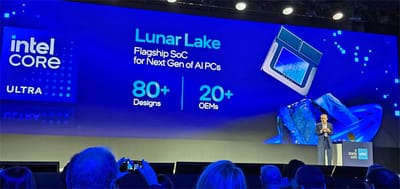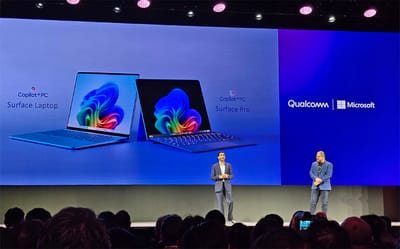
Can Microsoft Balance Win 8 & RT? Uh …

In a few short weeks, buyers will get their first glimpse of this holiday season’s PCs. By most any measure, it’s an exceptional vintage of sleek, ultra-thin laptops running Windows 8. Indeed, the upcoming models represent the biggest leap over the prior year’s harvest than we’ve seen in a long time–maybe ever.
So if you set aside all the other variables that sway how consumers apportion their electronics budgets, you’d expect PC sales to swell this quarter. That’s what happened three years ago, when Microsoft replaced a dreadful OS, Windows Vista, with Windows 7. PC sales grew 22.1 percent that quarter, sharply higher than the 0.5 percent growth logged in the prior period, according to Gartner data.
Of course, you can’t set aside all the other variables. The economy has been pinching consumers’ wallets for four years now. At the same time, other exciting devices like HDTVs, smartphones, and tablets have been taking a bigger slice of those budgets.
As we head into the year’s final period, the threat level from the tablet side of the aisle is most perplexing. On the one hand, sales are slowing as many Americans who’ve craved a companion device now have one.
On the other hand sits a potentially disruptive new platform. And ironically, it’s from Microsoft–the same company that’s bringing you Windows 8. The software giant plans to release what it calls Windows RT, a tablet version of Windows 8 for ARM processors, in concert with the PC version of the new OS. Conventional Windows 8, like all previous versions of Windows, runs on x86 processors.
Along the floor space between the Windows 8 systems and Windows RT tablets is a marketing minefield that Microsoft will need to maneuver with extreme caution or the holiday season could blow up in its face.
Read the entire column on InformationWeek.com.
No spam, no sharing to third party. Only you and me.






